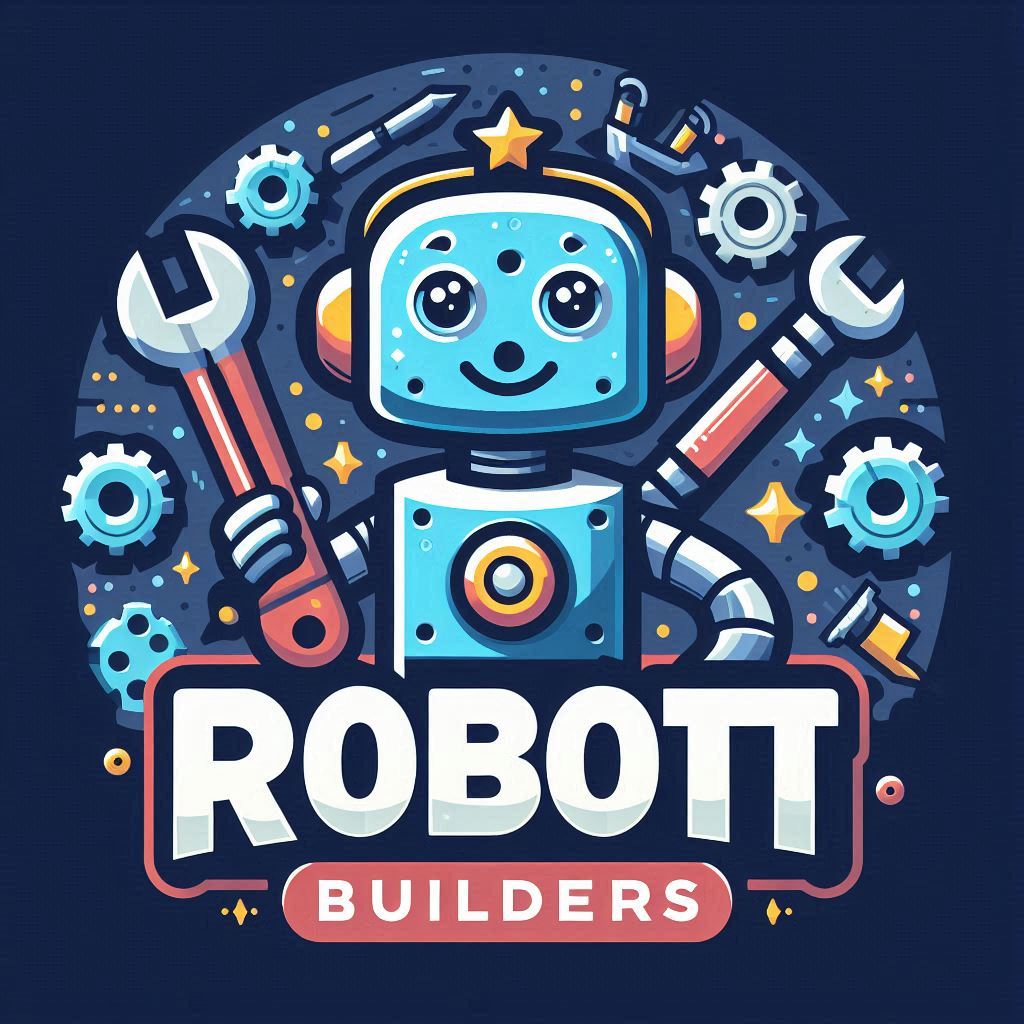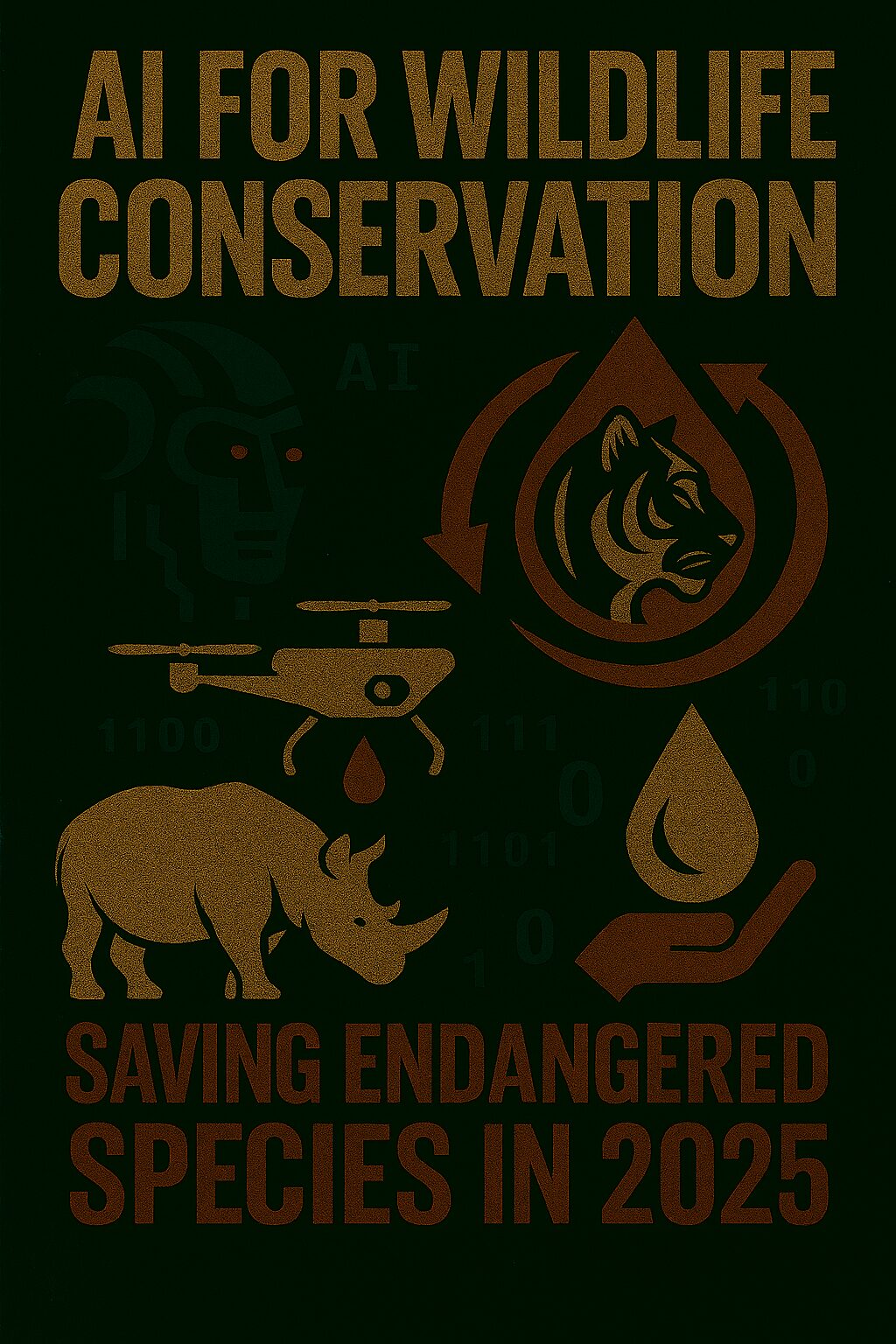Introduction: A Race Against Extinction
In 2025, over 1 million species face extinction due to habitat loss, climate change, and illegal poaching. Traditional conservation methods—while vital—struggle to keep pace with the scale and urgency of the crisis. Enter artificial intelligence (AI): a powerful ally that’s reshaping how we protect wildlife. From smart camera traps to predictive migration models, AI is helping conservationists act faster, smarter, and more effectively.
🤖 What Is AI-Powered Wildlife Conservation?
AI in wildlife conservation refers to the use of machine learning, computer vision, acoustic sensors, and predictive modeling to monitor, protect, and understand endangered species. These technologies enable:
- 📸 Real-time species identification via camera traps
- 🧠 Predictive modeling of migration and breeding patterns
- 🛰️ Satellite-linked AI for habitat mapping and deforestation alerts
- 🐘 Anti-poaching surveillance using drones and thermal imaging
- 📊 Data analysis to guide conservation policy and funding
According to , AI is now central to “Conservation 2.0”—a shift from reactive to proactive protection.
📈 How AI Is Saving Endangered Species
| AI Capability | Conservation Impact |
|---|---|
| 🧠 Machine Learning Models | Identify species and detect threats in real time |
| 📡 Acoustic Monitoring | Tracks elusive animals via sound signatures |
| 🛰️ Satellite Imaging | Maps habitat changes and illegal encroachment |
| 🚁 Drone Surveillance | Prevents poaching and monitors migration routes |
| 📊 Predictive Analytics | Forecasts population trends and climate risks |
AI-powered drones and camera traps are now deployed in Africa, Asia, and Latin America to monitor rhinos, elephants, snow leopards, and orangutans.
🧪 Real-World Applications in 2025
- 🐅 India’s Forest Department uses AI to track tiger movements and prevent human-wildlife conflict
- 🐘 Kenya’s Ol Pejeta Conservancy deploys AI drones to protect the last northern white rhinos
- 🐧 Antarctica researchers use AI to count penguin colonies from satellite images
- 🐒 Amazon conservationists use acoustic AI to detect illegal logging and primate distress calls
These innovations are helping conservationists make data-driven decisions and respond to threats in real time.
⚠️ Challenges and Ethical Considerations
Despite its promise, AI in conservation faces hurdles:
- 🔐 Data privacy concerns from remote monitoring systems
- 🧮 High energy costs for training AI models
- 🛠️ Limited access to AI tools in low-income regions
- ⚖️ Risk of algorithmic bias in species prioritization
Solutions include open-source platforms, ethical AI frameworks, and inclusive conservation strategies.
🛡️ How to Scale AI for Global Conservation
✅ Key Strategies:
- Invest in AI-powered conservation infrastructure
- Train rangers and ecologists in AI literacy
- Support cross-border data sharing and collaboration
- Align conservation policy with AI insights
- Promote community-led monitoring and stewardship
🔑 SEO Keywords to Target
- AI for wildlife conservation 2025
- saving endangered species with technology
- smart camera traps and drones
- predictive analytics for animal tracking
- artificial intelligence in biodiversity protection
- acoustic sensors for wildlife monitoring
- anti-poaching AI systems
🧭 Conclusion: Intelligence Meets Instinct
In 2025, AI is more than a tool—it’s a lifeline. By enabling real-time monitoring, predictive protection, and scalable insights, artificial intelligence is helping conservationists rewrite the story of extinction. The future of wildlife isn’t just wild—it’s intelligent.

